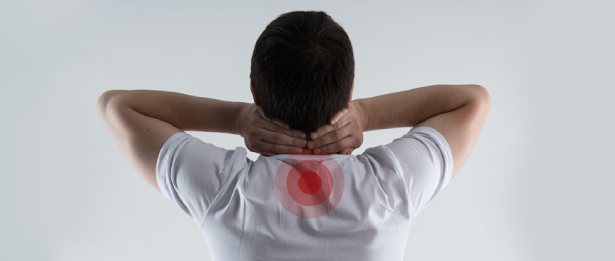Spinal Cord Pain Battery

Pain in the lower back and neck can often be due to muscle spasms in these areas, arthritis of various joints (facet joints) and herniated disc material. These pains may start after an activity or trauma, or they may occur for no apparent reason. People with weak lower back and abdominal muscles due to mental and emotional tension, sedentary work and lifestyle are particularly at risk for back and neck pain.
Spinal Cord Pain Treatment at Liv Hospital
Many people suffer from back and neck pain. There is a group of people who cannot get rid of their pain despite repeated herniated disc surgeries. Spinal pain is most common in the lumbar region, but can also be felt in the neck and back. These pains may start suddenly and intensely (it may be within the last six weeks) or may last for years in moderate intensity.
If sudden onset or long-lasting persistent low back and neck pain does not decrease despite the application of physical therapy or if surgical correction is not deemed necessary, interventional pain treatment options come to the fore. Injection (cortisone) and radiofrequency treatment can be applied to the facet joint causing pain in the low back and neck region or to the nerve roots affected by herniation.
In recent years, radiofrequency treatment (pulsed radiofrequency current application) applied to the nerve roots of the waist and neck is considered more effective than injection treatment, provides longer-term (at least 2 years) pain relief and is preferred because it does not cause tissue damage.
Spinal Cord Pain Battery Procedure
Another important group of patients are those whose pain persists despite multiple back and neck surgeries. After lumbar and cervical hernia surgeries, some patients experience severe leg and lower back pain due to some adhesions in the spinal canal. These patients have to undergo lumbar surgery again and again as their pain does not go away after herniated disc surgery. Each herniated disc surgery may cause a new adhesion and further increase the pain.
If some treatment methods such as pain-oriented treatments, physical therapy, medication, etc. do not help, the treatment method that should be applied is spinal cord stimulation. In this method, also called spinal pain pacing, an electrode is inserted into the patient's spinal canal and its tip is connected to a current-generating generator (pain battery).
The current produced by the battery is transmitted to the spinal cord through the electrode, preventing the pain from being transmitted to the brain. With this highly effective method, patients can control their back and neck pain by activating the battery themselves.
The electric current provided by the spinal pacemaker also contributes to the expansion of the vessels and healing of the wounds in patients with Buerger's disease, especially in patients with wounds and pain in their feet and hands due to vascular occlusion. It also reduces the pain caused by severe vascular occlusion.









